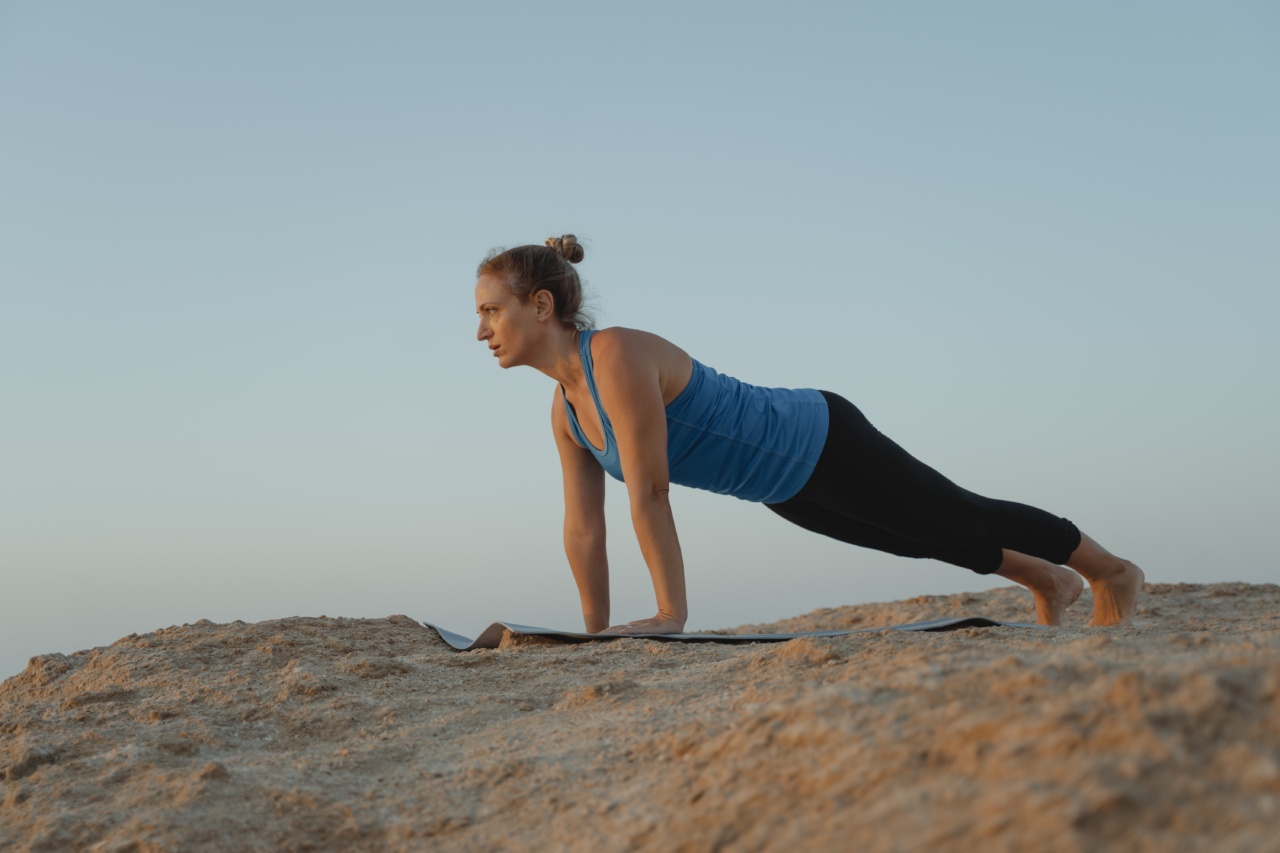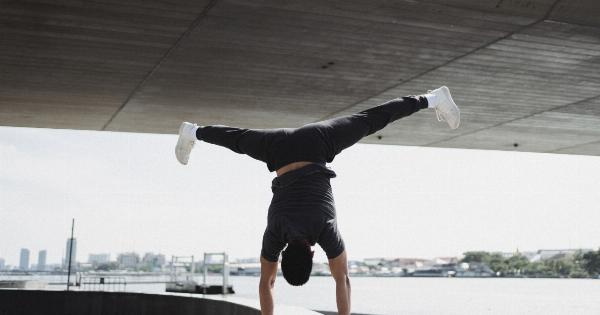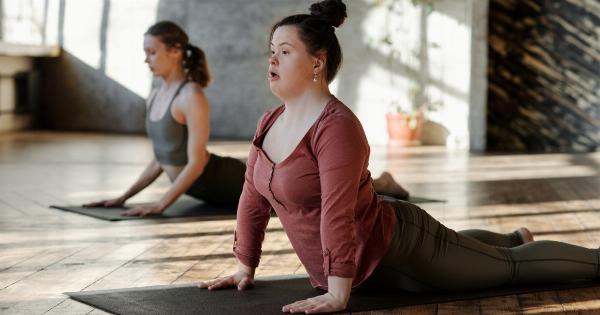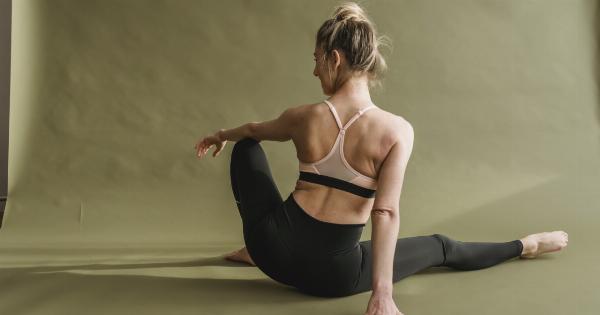Kyphosis is a condition characterized by an excessive outward curvature of the upper back, resulting in a hunched or rounded appearance.
While it can be caused by various factors such as osteoporosis, poor posture, or structural abnormalities, it is essential to address this issue to prevent further complications and discomfort. Fortunately, there are specific exercises that can help correct kyphosis and improve posture. In this article, we will explore three must-do exercises that target the upper back area and assist in correcting kyphosis.
1. Chest Opener Stretch
The chest opener stretch primarily targets the chest muscles, which can become tight and pull the shoulders forward, exacerbating kyphosis.
By stretching these muscles, we can help alleviate the strain on the upper back and encourage proper spinal alignment.
To perform the chest opener stretch:.
- Stand tall with your feet hip-width apart, keeping your spine straight.
- Extend both arms straight behind you and clasp your hands together with palms facing inward.
- Gently lift your arms upward as you squeeze your shoulder blades together.
- Hold this position for 20-30 seconds while maintaining deep breaths.
- Repeat the stretch 3-5 times.
This stretch can also be performed using a resistance band or doorway for variation and an increased stretch. It helps counteract the effects of rounded shoulders and promotes better posture.
2. Prone Cobra
The prone cobra exercise targets the muscles of the upper back, including the rhomboids, trapezius, and erector spinae. It helps strengthen these muscles, allowing for better support and alignment of the spine.
To perform the prone cobra exercise:.
- Lie face down on a mat or comfortable surface with your arms by your sides.
- Keep your legs extended and toes pointed away from you.
- Engage your core muscles and lift your chest and arms off the ground as you squeeze your shoulder blades together.
- Hold this position for 10-15 seconds before slowly lowering back down.
- Repeat the exercise for 8-10 repetitions.
It is crucial to focus on proper form and avoid straining the neck while performing this exercise. The prone cobra helps strengthen the weak muscles of the upper back and improves overall posture.
3. Back Extension Exercises
Back extension exercises target the muscles of the upper and lower back, including the erector spinae and the multifidus. These exercises strengthen the back muscles, mobilize the spine, and aid in correcting kyphosis.
There are several variations of back extension exercises that can be performed, including:.
- Superman Pose: Lie face down on a mat with your arms extended overhead and legs straight. Simultaneously lift your arms, chest, and legs off the ground while keeping your gaze down. Hold this position for a few seconds and then lower back down.
- Bridge Pose: Lie on your back with your knees bent and feet flat on the ground. Place your hands by your sides, palms facing down. Engage your glutes and lift your hips off the ground, forming a straight line from your knees to your shoulders. Hold for a few seconds and then lower back down.
- Swimmer Exercise: Lie face down on a mat with your arms extended forward and legs straight. Alternate lifting your opposite arm and leg off the ground while engaging your core. Focus on keeping your abdominal muscles pulled in and your neck relaxed.
Perform 8-10 repetitions of each exercise, gradually increasing the intensity and duration as you build strength.
Conclusion
Kyphosis can lead to discomfort, reduced mobility, and an undesirable hunched posture. However, incorporating specific exercises into your routine can improve the condition and help correct the excessive outward curvature of the upper back.
The three must-do exercises to correct kyphosis discussed in this article are the Chest Opener Stretch, Prone Cobra, and Back Extension Exercises. Remember that consistency is key when it comes to seeing improvements in posture and spinal alignment.
Additionally, it is always recommended to consult with a healthcare professional or a qualified physical therapist before starting any exercise regimen, especially if you have an existing medical condition or injury.




























